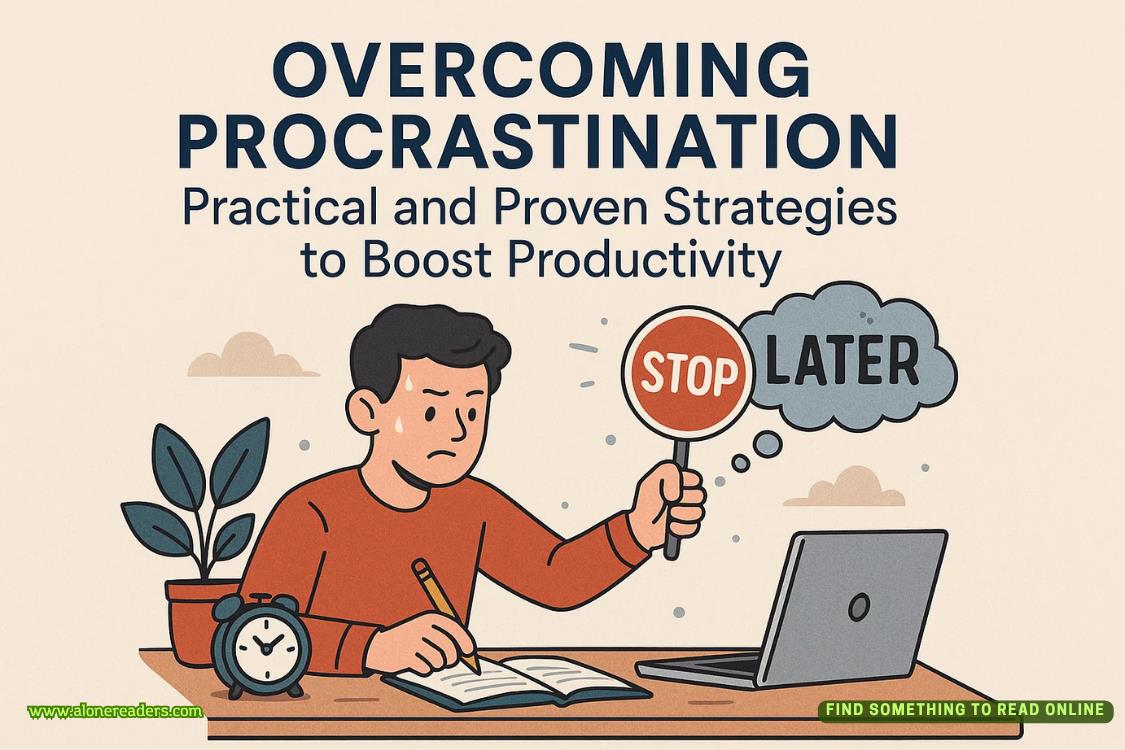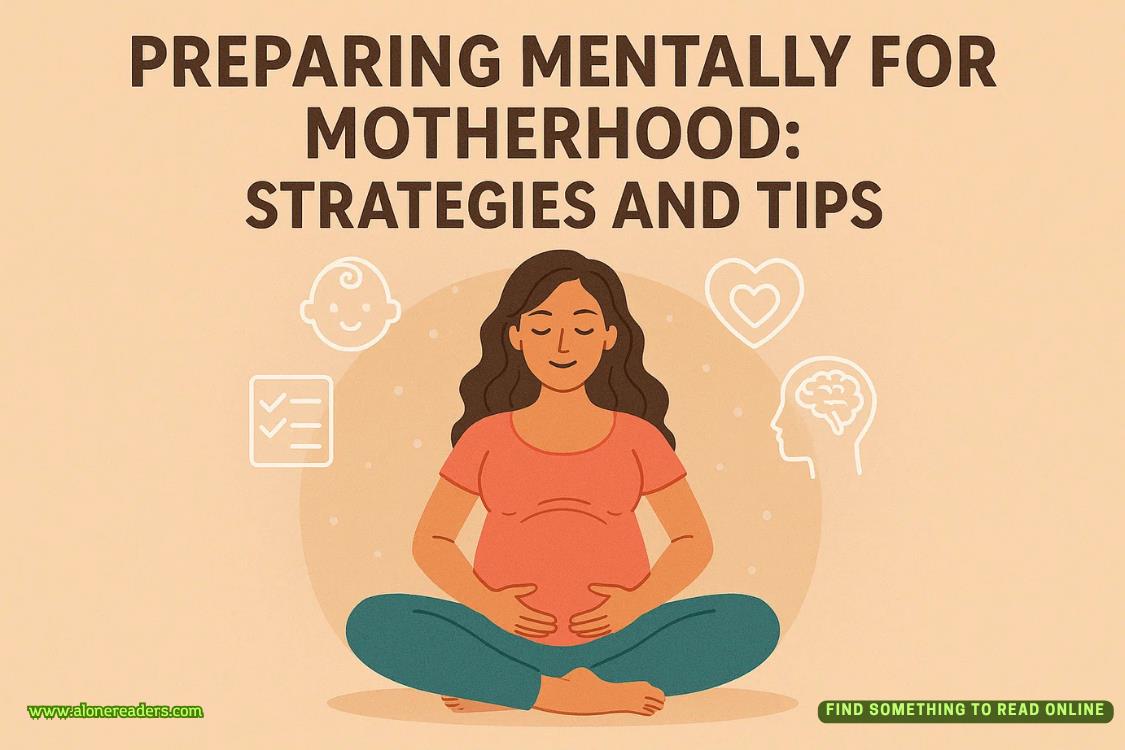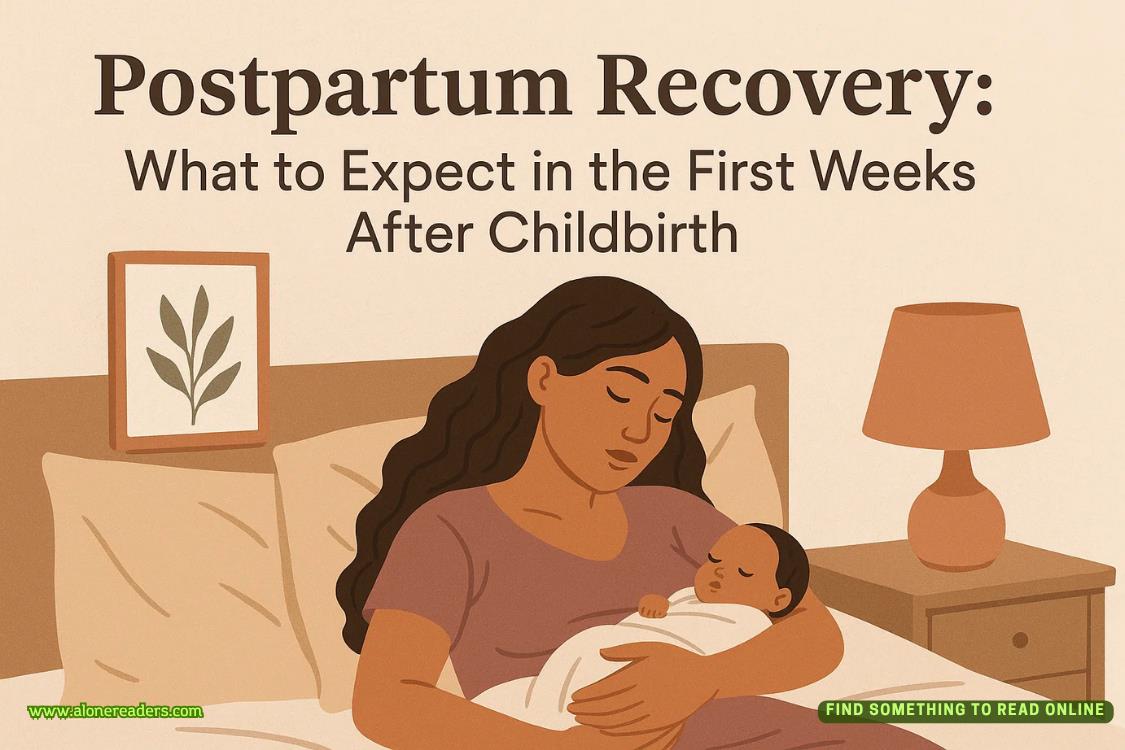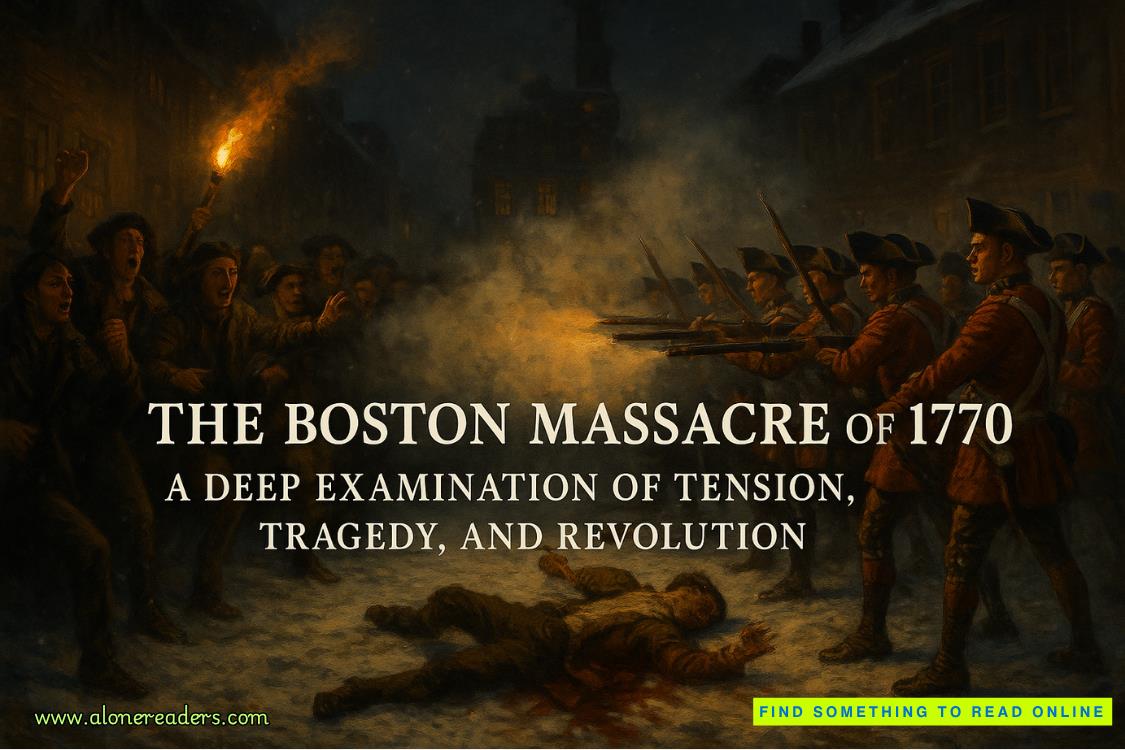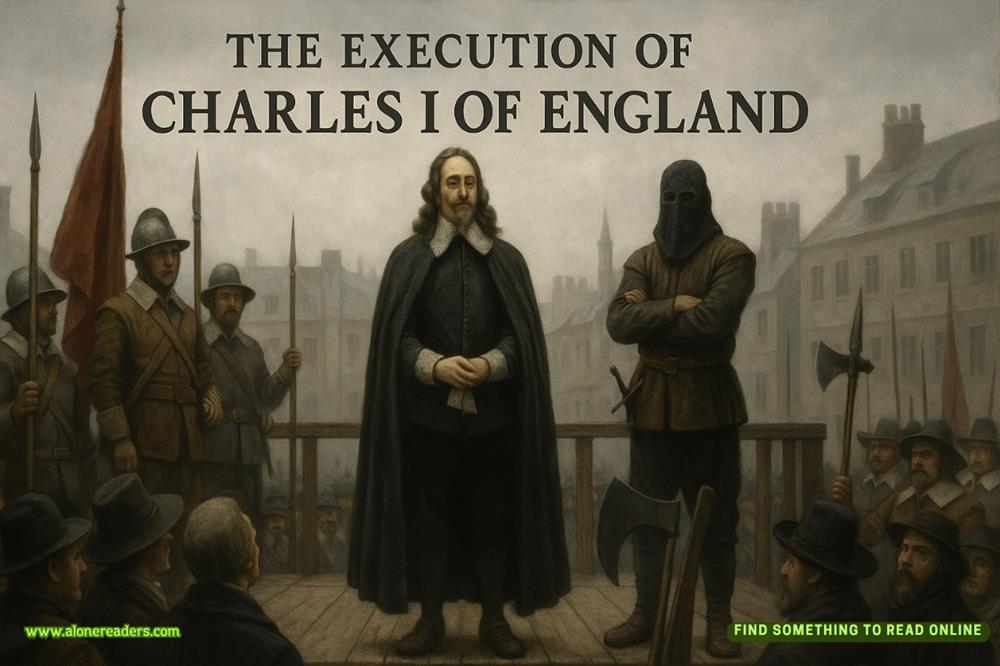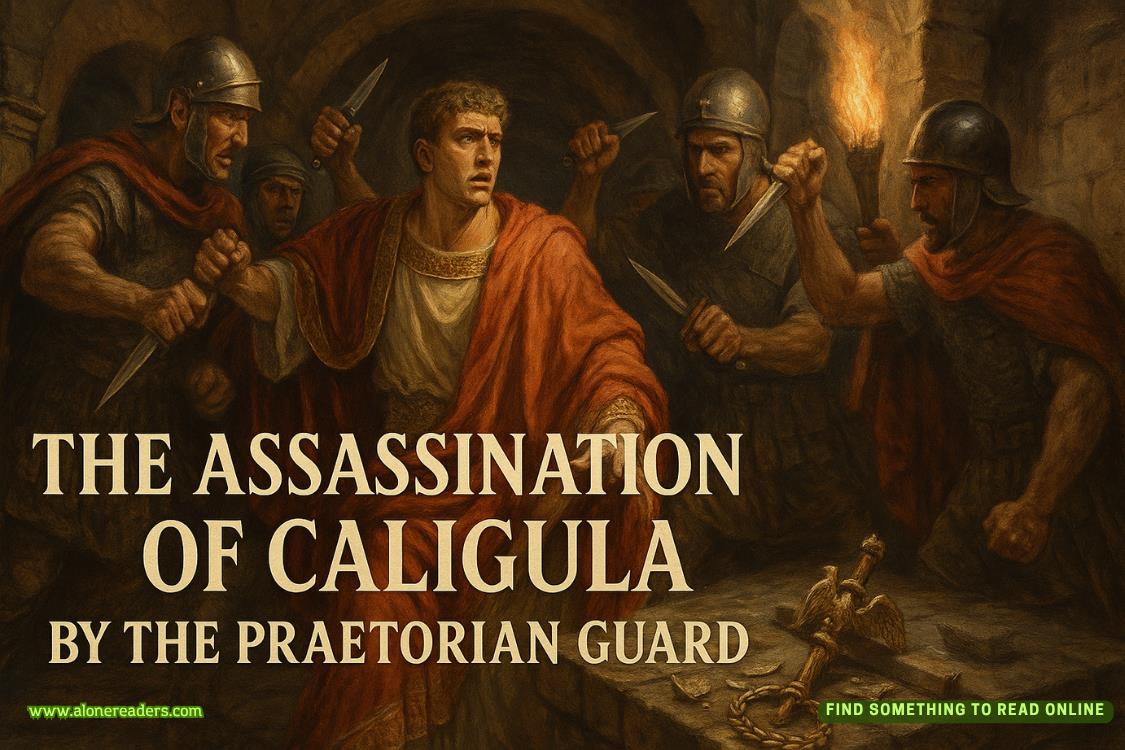Page 157 of Tomb of the Sun King
On the left stood the woman who appeared in so many other places in the hall—the pharaoh Neferneferuaten, who had once been Queen Nefertiti.
Facing her, hand extended, was a tall man with sharp cheekbones and a long jaw, his figure lanky save for the soft droop of a potbelly.
His face was one that Neil knew almost as well as his own.
“Isn’t that…” Ellie began.
“Akhenaten,” Neil finished for her, his voice tight.
The visionary pharaoh who had revolutionized Egyptian life. Who had birthed a new faith, one whose influence might very well still be felt across the world. Genius or tyrant, prophet or heretic—the views on who he was and what he meant to history were as varied as the stars.
Akhenaten’s reign was known for its hyper-realistic artistic style, one that may have even over-emphasized the physical imperfections of its subjects. In the glowing panels of the alabaster door, Neil could see the crow’s feet accenting Neferneferuaten’s eyes. Her husband had the body of a scholar rather than the warrior’s physique imposed upon most other pharaonic images of the New Kingdom, regardless of how well they actually fit the men being depicted.
The flaws only made the two figures feel more real—morehumanas they glimmered magnificently from the rare and precious stone.
Sayyid hung back a step, torn between his desire to examine the panels and his trepidation about the possibility of more scarabs.
“There are a few Old Kingdom alabaster quarries to the south of here,” he noted. “The builders of the tomb might have mined the material there and carried it to the wadi.”
Sayyid’s revelation did not come as a surprise to Neil. Egypt was riddled with quarries. How else could the Egyptians have built their massive monuments and temples? They had sought out places in the hills and mountains framing the Nile where particular varieties of stone could be found, then either scooped them out like taking fruit from a bowl or cut straight into cliffs to carve out what they wanted.
Alabaster was perhaps the most sought-after and precious stone in the Egyptian world. These two doors alone were masterpieces.
“It’s terribly sad, though. Isn’t it?”
Neil startled at the sound of Constance’s voice. He had been so absorbed in the discovery that he hadn’t noticed her arrival.
She was standing very close to him. The hallway was narrow, and they had to avoid brushing against the delicate artwork on the walls. Her proximity triggered an involuntary flush.
It was a silly physical reflex, and Neil rallied himself against it. She might be a lovely young woman, but she was stillConnie. He hardly needed to act like a stammering adolescent just because she came nearby.
“Sad?” he echoed in purely professional tones.
“When the door opens, it will pull them apart,” Constance pointed out.
Neil felt a less-than-entirely-professional pang at her words.
Constance was right, of course. When the doors parted, Akhenaten and the pharaoh who had once been his queen would be torn from each other—just as death had divided them three thousand years before.
The poignant twist in his heart surprised him. He was a scholar, after all, not a romantic.
Perhaps the notion hit him harder because so much of the art of the Amarna period showed the royal family together in such ordinary ways—celebrating, worshiping, or playing with their children. It made Akhenaten and his queen feel like people that Neil had actually known.
He glanced down at Constance. Her eyes were wide and liquid with sympathy.
“Butcanit be opened?” Zeinab demanded impatiently from behind them.
Neil straightened, trying to shake off the unexpected wave of emotion and act like the scholar he was supposed to be. “New Kingdom tomb entrances were typically blocked up with rubble and then sealed over with plaster from the outside—not that we can usually see much of it. It’s always been ripped away by looters.”
“How do you know that this is the entrance?” Zeinab pressed. “And not a passage deeper into the tomb?”
Neil opened his mouth to answer—and realized he didn’t have one.
“Well, it’s…” he began. “I mean, obviously…”
Sayyid shot him another of those impenetrable, thoughtful looks. “I think Dr. Fairfax is correct. The entrance to the tomb is typically where one would expect to find these imprecations against disturbing the burial.”
He gestured to a block of hieroglyphs on the wall.

